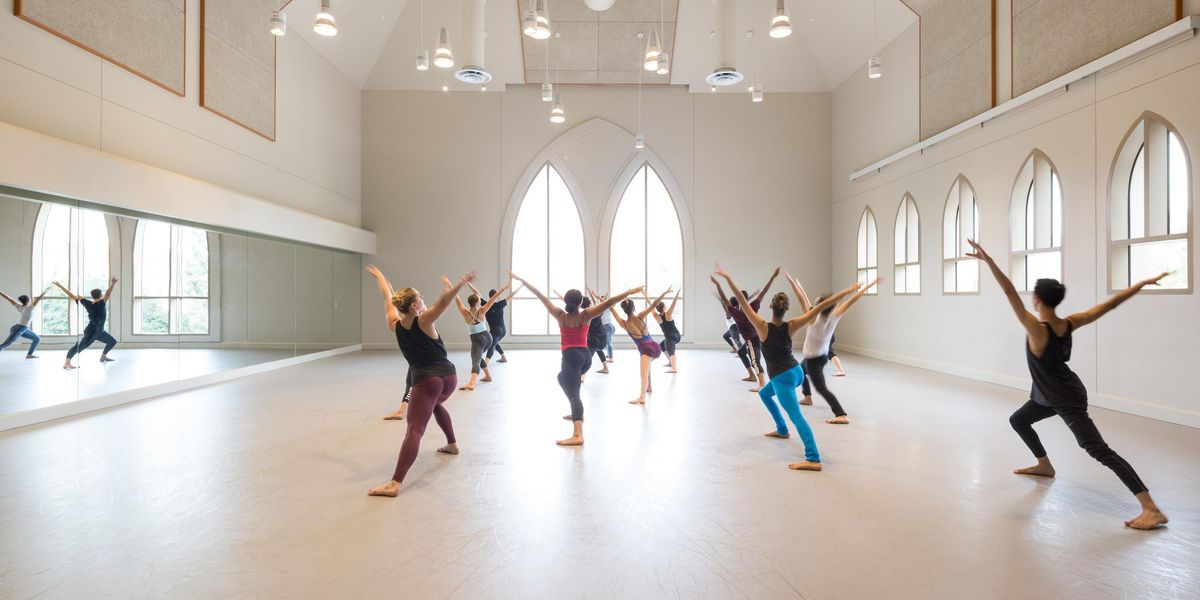Ultima Vez
Royce Hall
Center for the Art of Performance at UCLA, Los Angeles, CA
March 15–16, 2013
A quarter-century ago Wim Vandekeybus burst onto the dance scene with brute force, brilliance and, well, bricks. The work, What the Body Does Not Remember, performed by Vandekeybus and his then-fledgling troupe, Ultima Vez, not only created shock waves throughout Europe, but also garnered 1988 Bessie Awards for the Belgian-born choreographer/filmmaker and the work’s composers, Thierry De Mey and Peter Vermeersch. (The duo also wrote the score for Anne Teresa de Keersmaeker’s seminal Rosas Danst Rosas, making the case for Belgium as a hotbed of creativity.)
Seen in its Los Angeles premiere (and landing at New York’s Pace University March 22–23 as part of a two-year tour), the revival of Body is 80 minutes of controlled chaos, sly wit, and highly charged violent eroticism. It’s also as relevant today as it was when it debuted in 1987, perhaps even more so. Comprising six scenes, the work assaults with moments of sheer beauty, extreme danger, and unmitigated awe. The cast of nine (half of whom had not been born when Body first cracked open the notion of hyper-physicality), comports itself like the proverbial well-oiled machine.
But the moves are far from robotic or predictable. Indeed, with Livia Balazova’s stern taskmistress scraping her fingernails across a miked desktop, alternately clapping and pounding her hands like a drill sergeant, the stage is immediately set for impending mayhem. Her charges, Eddie Oroyan and Pavel Masek, do Balazova’s bidding in regimented rolls, push-ups and crisp leaps, in a thudding, thwacking body percussion pas de deux.
Livia Balazova in
What the Body Does Not Remember
Photo by Spencer Davis, Courtesy UCLA
Then dust begins to fly—literally—as riotous sounds of clarinets (heard on tape), become backdrop to a kind of brick-hurling endurance test. No Legos here, as all nine dancers build and disassemble pedestals, toss, catch and neo-juggle white plaster blocks, some of which come crashing to the floor. Furiously tearing across the stage, like naughty kids left home alone, these dancers give new meaning to the words high-risk frolicking.
A beach towel segment ensues (talk about cabana boys), with the brightly colored Terries part of a jacket-swapping motif, the ensemble now in Keystone Kop mode. Set to relentless piano arpeggiations, the routine culminates in silence, with dancers on all fours mopping the floor with their towels.
And then there’s the frisking (or, as this reviewer likes to say, the T.S.A. dance): Three women spread their legs and arms out to the side as partners search and violate them, running hands and fingers along well-toned bodies, with jolt-inducing hugs and rebuffs part of the unsettling mix. Here are Maria Kolegova, Tanja Marin Friðjónsdóttir and Aymara Parola, steely-faced yet vulnerable objects of desire, where love becomes a tango of attraction/repulsion. Beginning with domination, the dance, a cauldron of hot emotions, is a far cry from The Bachelor and his rose offerings.
Pavel Masek and Maria Kolgova in the frisking section of
What the Body Does Not Remember
Photo by Spencer Davis, Courtesy UCLA
Vandekeybus cools things down with a brief interlude involving feathers, another with chairs and tableaux featuring amusing family-like portrait posings (think a twisted Norman Rockwell). Damien Chapelle, with Balazova on his lap, also canoodles with the arms of his sweater, bringing to mind a bit of Merce Cunningham’s Antic Meet.
Capping the work off is a brutally fierce dance where the full company, including Ricardo Ambrozio and Zebastián Méndez Marin, displays split-second timing to avoid being stamped upon by their partners, primeval jumpers who are nothing less than demonic in their gamesmanship. (Thank God for sprung floors!)
In this adroit restaging, the bodies of Ultima Vez not only remember, but continue to leave bold and thrilling imprints on the dance landscape.
Pictured at top: Eddie Oroyan; by Spencer Davis, Courtesy UCLA




